Arm Balancing Asana/Postures:
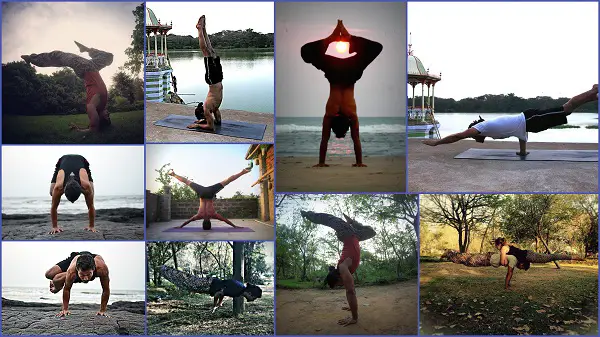
Are you avoiding arm balancing poses?
These challenging poses will strengthen your arms and core muscles, improve your balance reflexes, and sharpen your mind with better concentration.
They help to prevent osteoporosis by strengthening the bones, and can even help you in your day-to-day activities (carrying your groceries, moving heavy objects, etc.). But it is also very important to learn the proper alignment before trying a new posture. Check out our article on Proper hand placement for arm-balancing to keep your wrist safe and injury-free.
Scroll through our Yoga Arm balancing Asana/Posture library for beginner, intermediate and advanced postures, Click on the link or thumbnails to know the details.
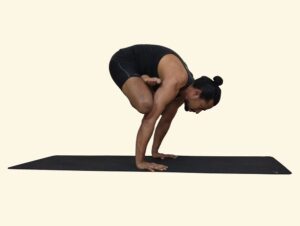 Urdhva Kukkutasana – upward rooster posture
Urdhva Kukkutasana – upward rooster postureUrdhva means upwards, kukkut means a rooster. There are several ways to come into this posture like headstand and handstand,… Read More »Urdhva Kukkutasana – upward rooster posture
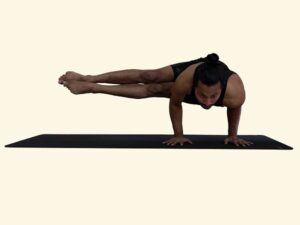 Dwi pad Koundinyasana
Dwi pad KoundinyasanaThis is an intermediate-level arm balancing pose named after Sage Kaundinya (or Koundinya). This posture can be entered from parsva… Read More »Dwi pad Koundinyasana
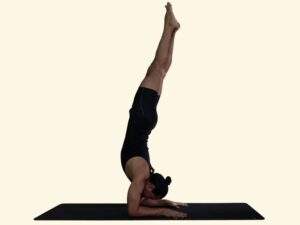 Pincha Mayurasana- Feathered peacock pose- Forearm balance
Pincha Mayurasana- Feathered peacock pose- Forearm balancePincha means feather, mayura means peacock. This is a challenging inversion, beginners should do it against the wall or in… Read More »Pincha Mayurasana- Feathered peacock pose- Forearm balance
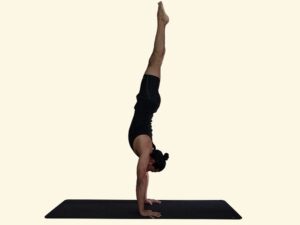 Adho mukha vrikshasana – Handstand pose
Adho mukha vrikshasana – Handstand poseAdho means downward, mukha means face and vriksh means tree. This posture is mentioned in an ancient unpublished manuscript “Yogāsana… Read More »Adho mukha vrikshasana – Handstand pose
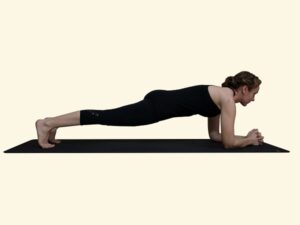 Kumbhakasana – Dolphin plank posture
Kumbhakasana – Dolphin plank postureSteps: Sit in vajrasana and interlock your fingers and place the forearm on the floor (or place the forearm on… Read More »Kumbhakasana – Dolphin plank posture
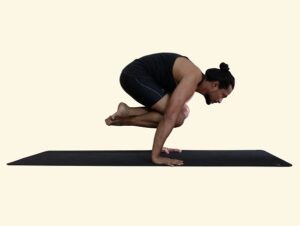 Lolasana- Pendant posture
Lolasana- Pendant postureLola means moving to and fro or dangling like an ear ring or a pendant. Steps: Start with vajrasana and… Read More »Lolasana- Pendant posture
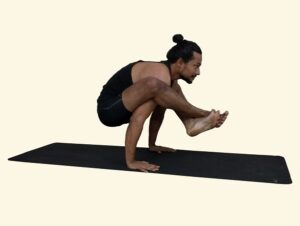 Bhujapidasana- Shoulder pressing posture
Bhujapidasana- Shoulder pressing postureBhuja means the arm or the shoulder and pida means pressure. Steps: Squat down with feet about a little less… Read More »Bhujapidasana- Shoulder pressing posture
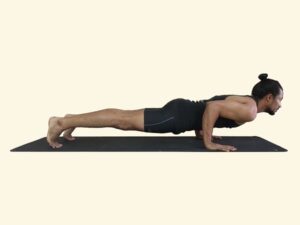 Chaturanga Dandasana- Four Limbed Staff Pose
Chaturanga Dandasana- Four Limbed Staff PoseChatur = four, Anga = Limbs/ Part of body, Danda = Staff. This posture is similar to push-ups. This posture… Read More »Chaturanga Dandasana- Four Limbed Staff Pose
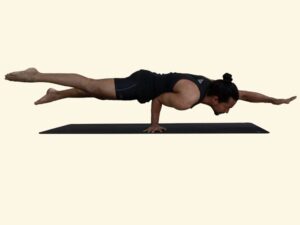 Pungu Mayurasana – Wounded Peacock Posture – One arm balancing Yoga
Pungu Mayurasana – Wounded Peacock Posture – One arm balancing YogaPungu = wounded and mayur = peacock. This is one arm balancing Yoga posture so requires a lot of wrist… Read More »Pungu Mayurasana – Wounded Peacock Posture – One arm balancing Yoga
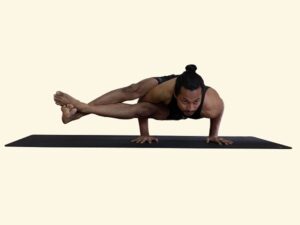 Astavakrasana – Eight angle posture
Astavakrasana – Eight angle postureAstavakra means eight-crooks. This posture is dedicated to sage Astavakra who was born crooked in eight places because of a… Read More »Astavakrasana – Eight angle posture